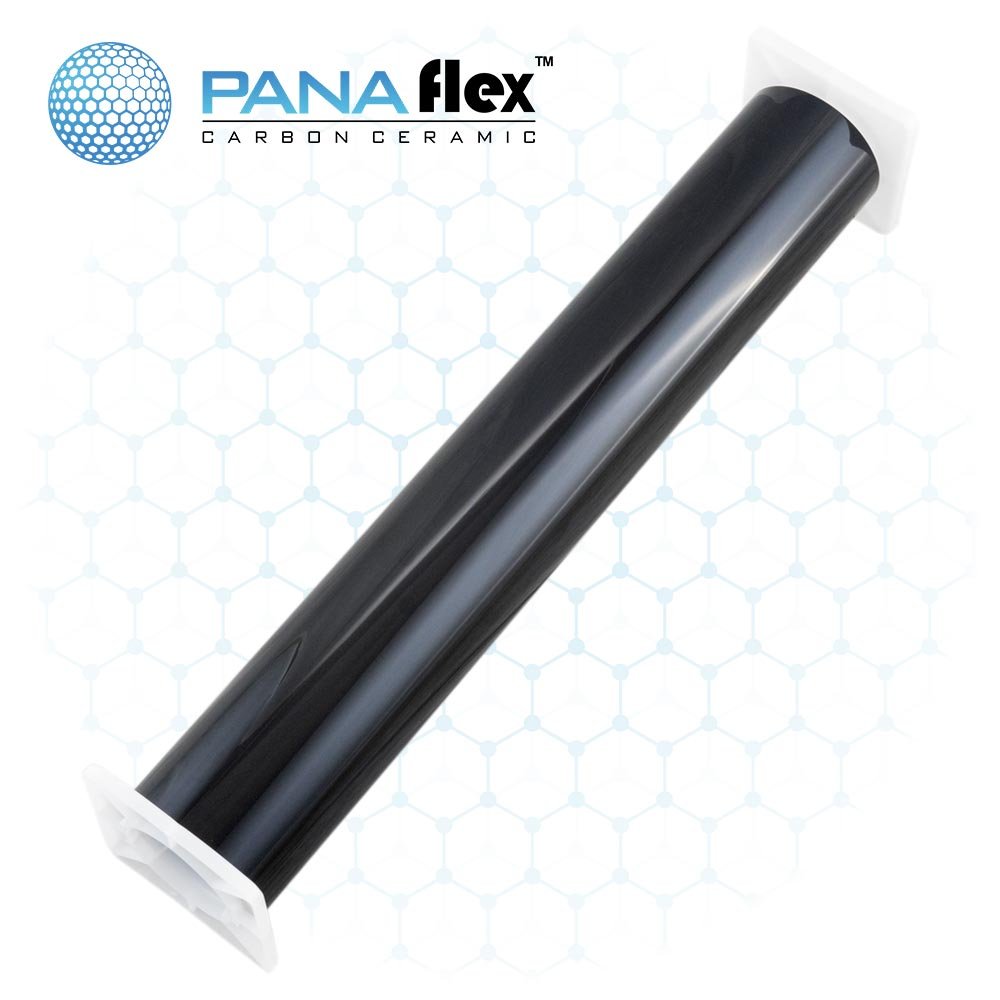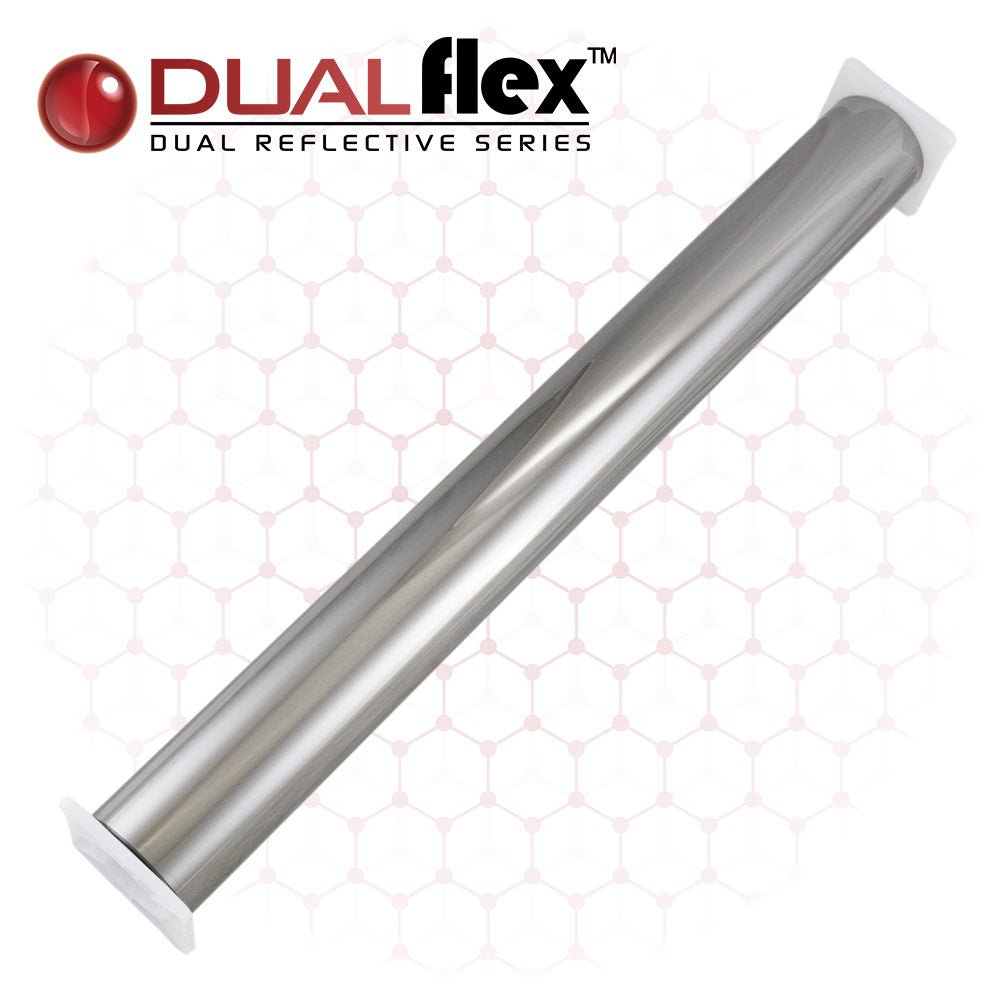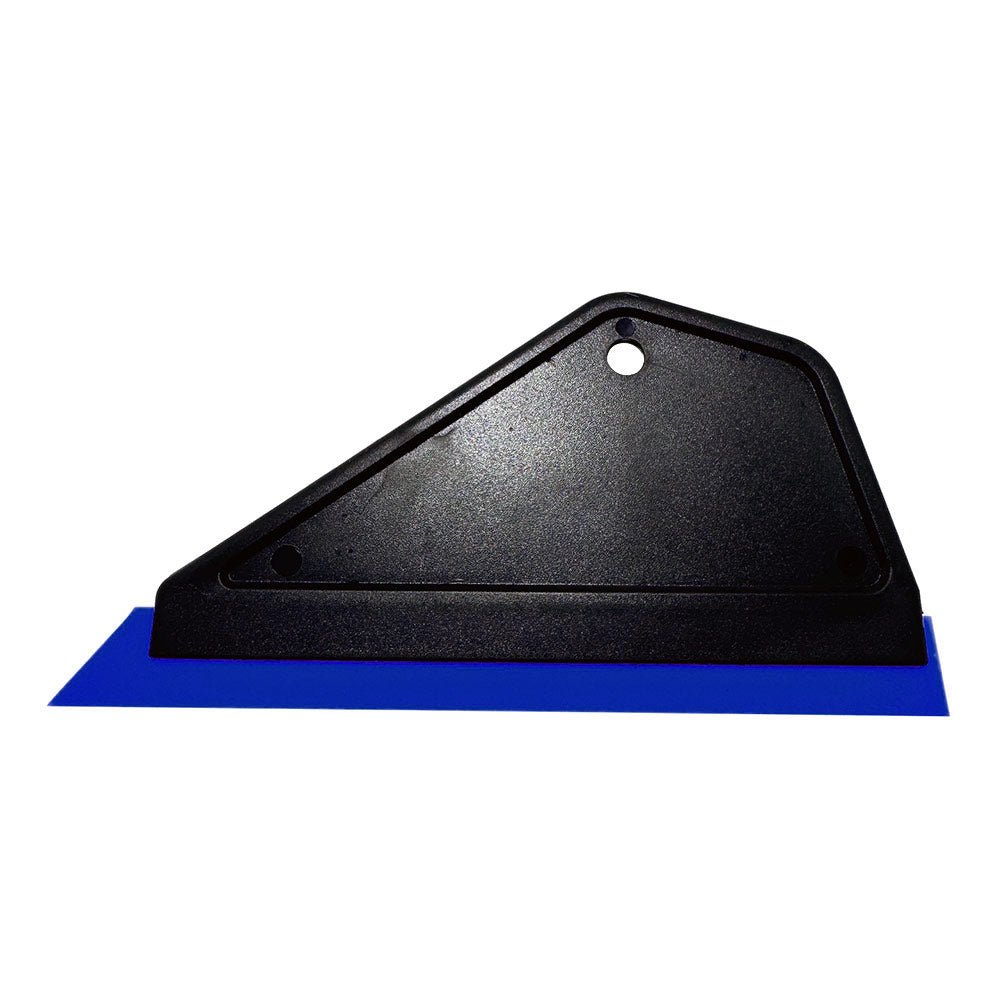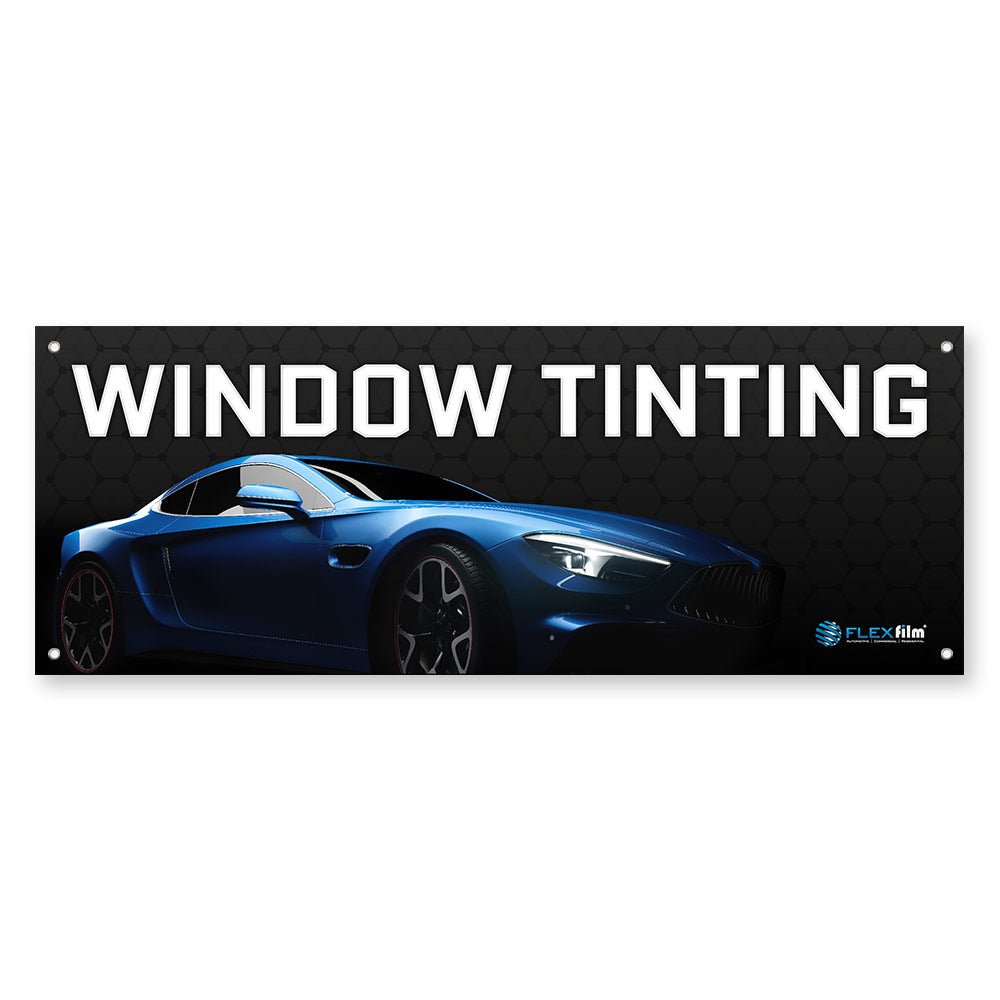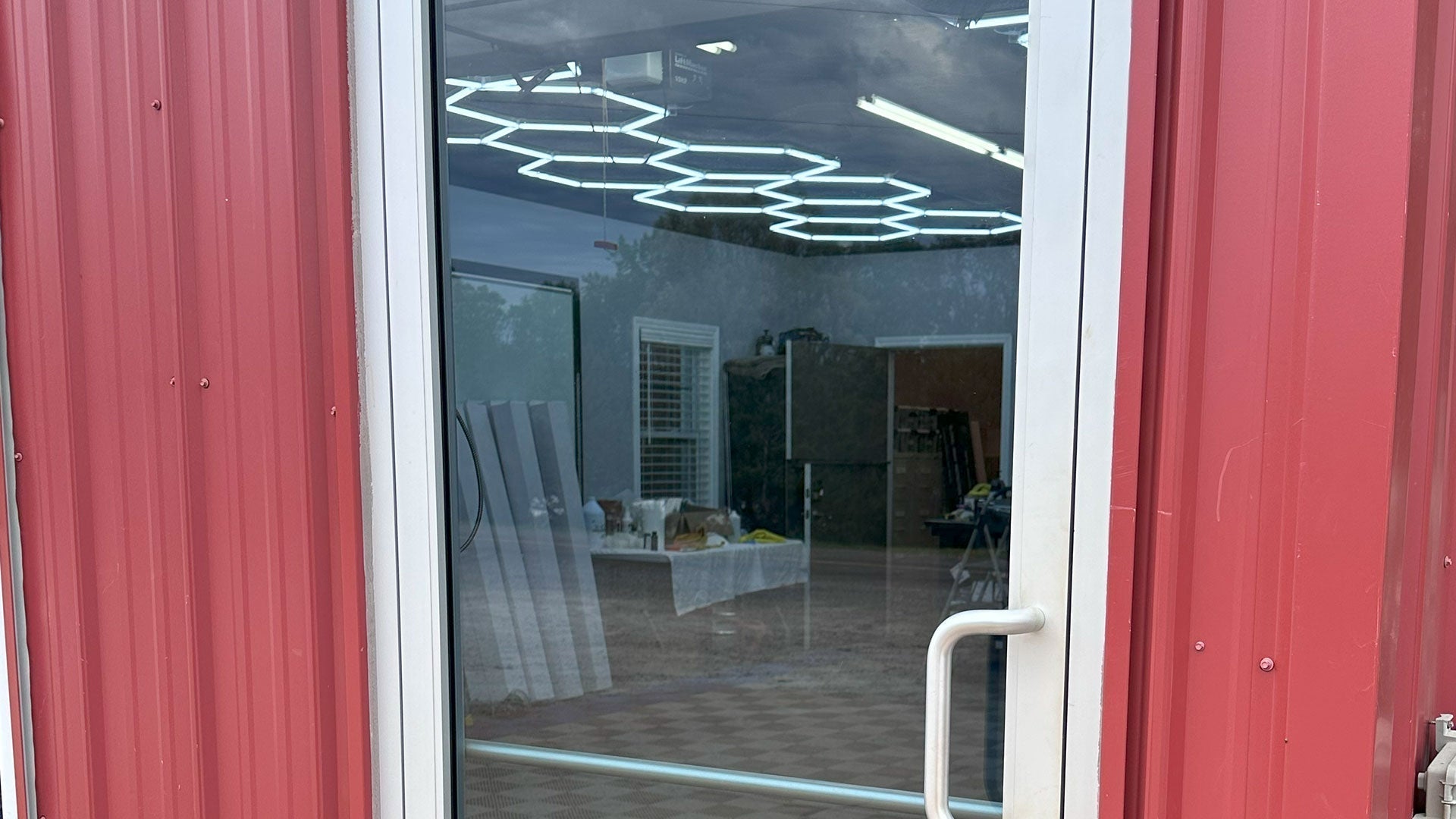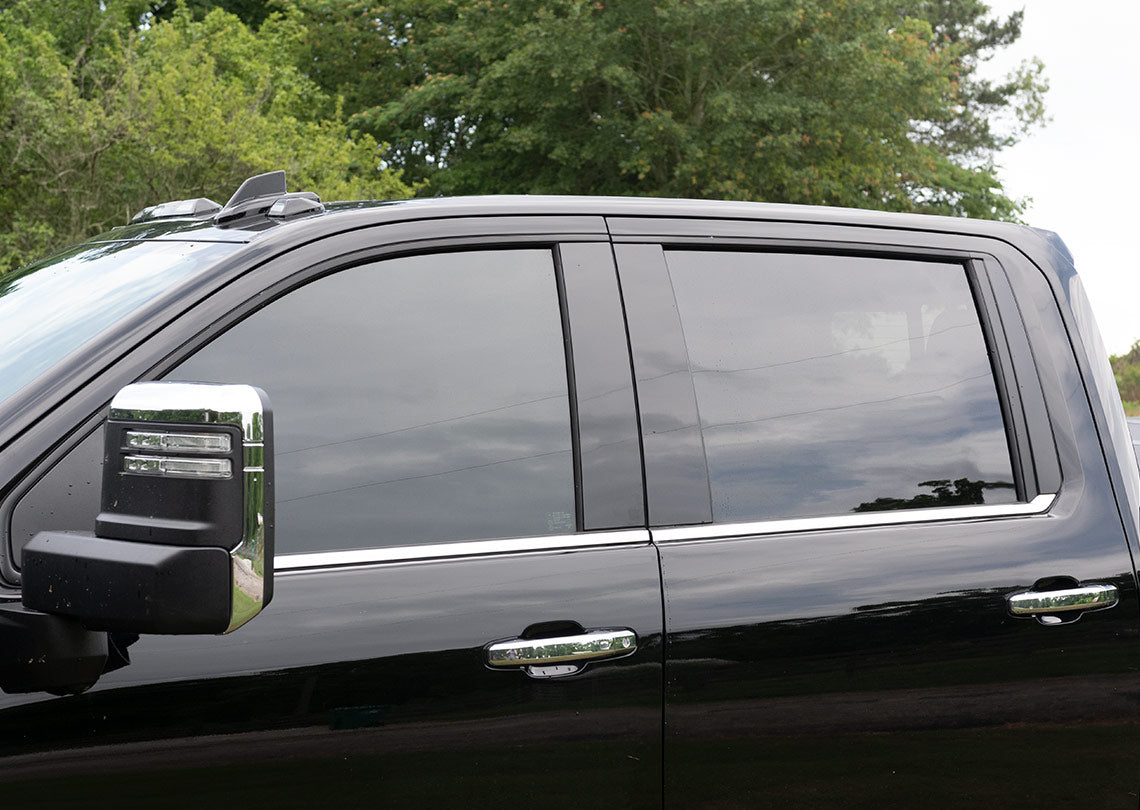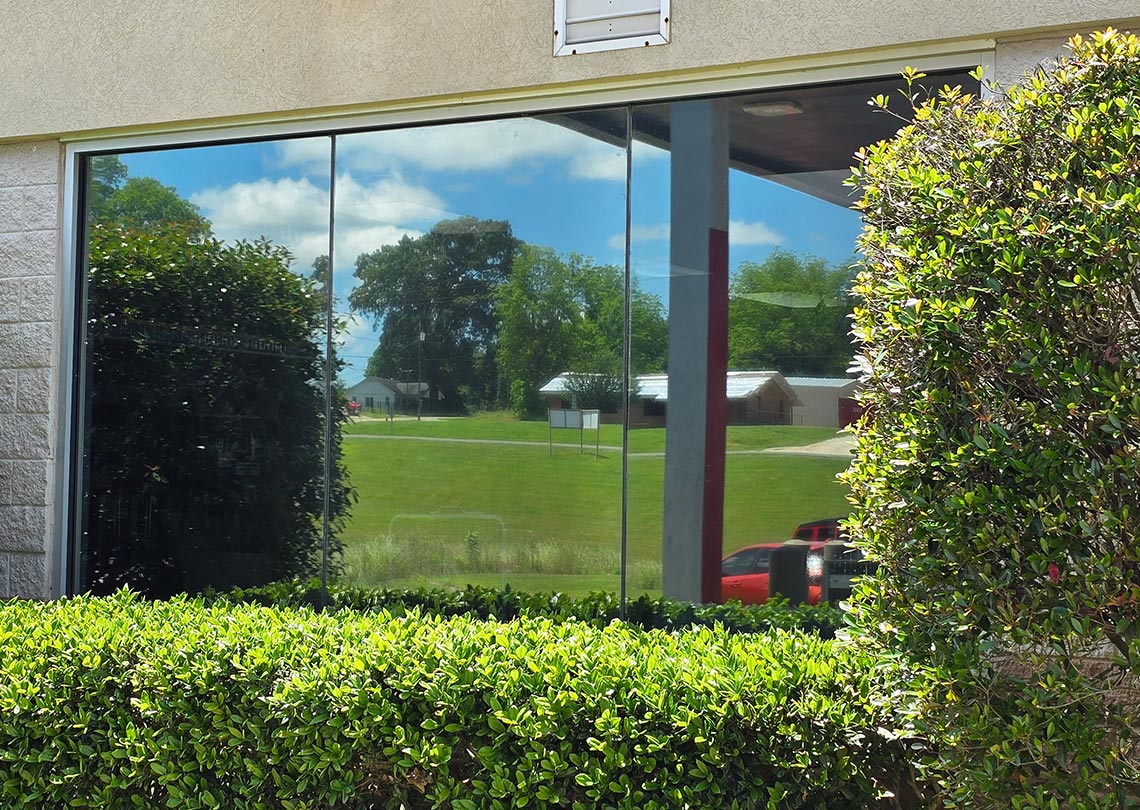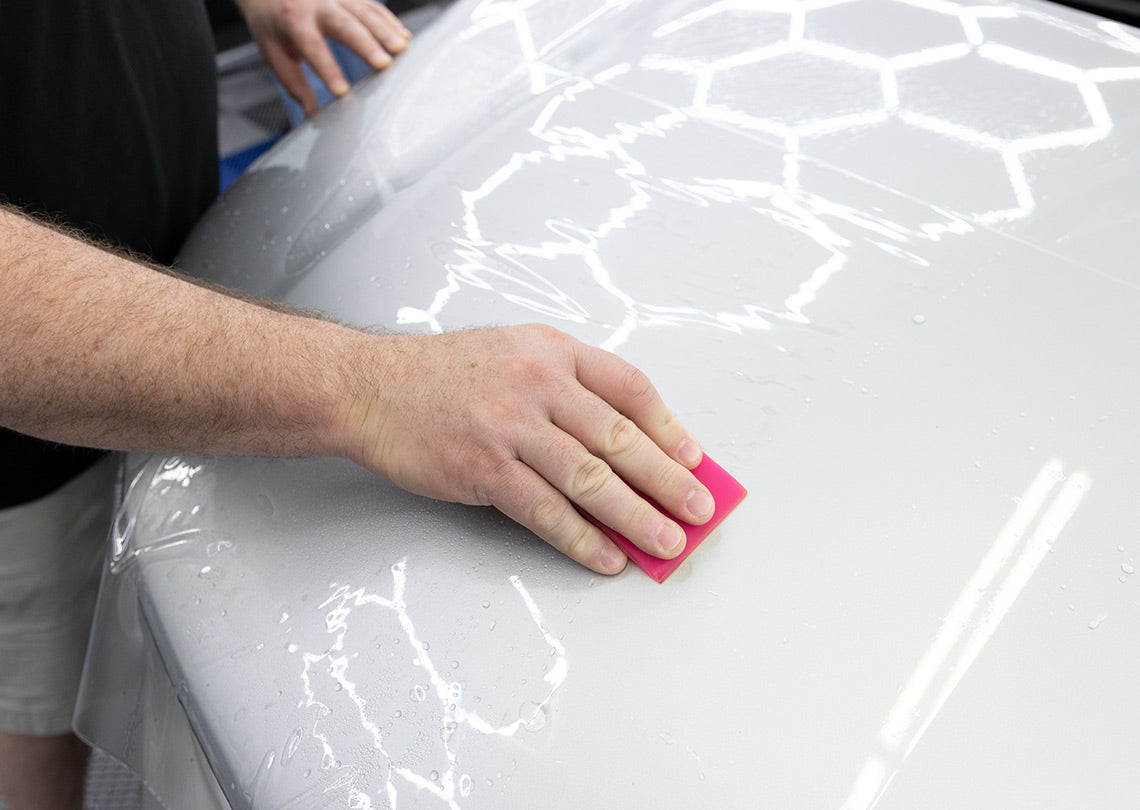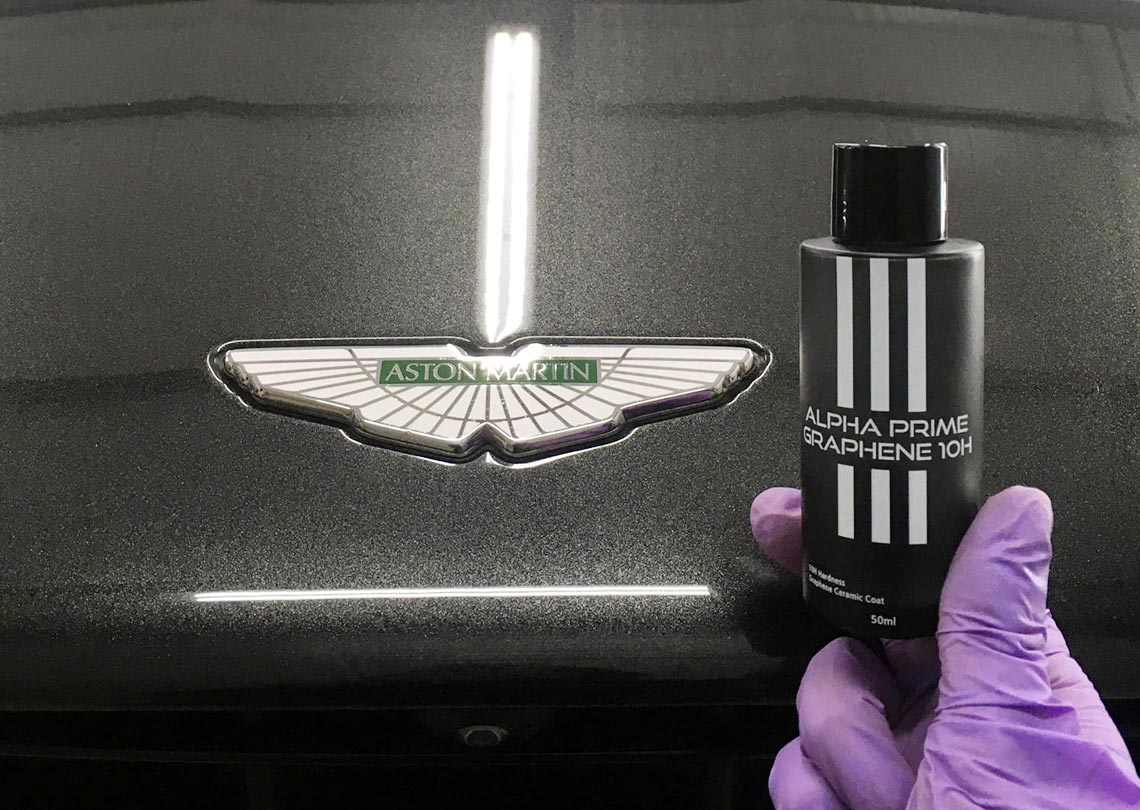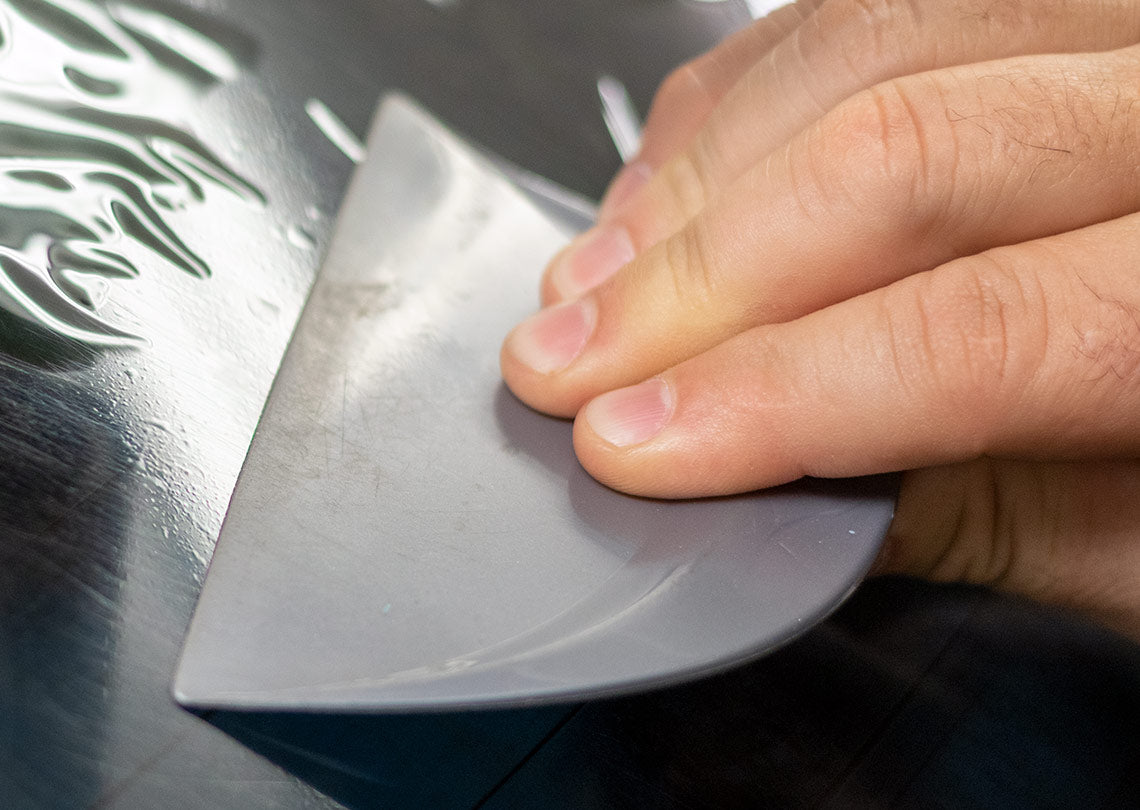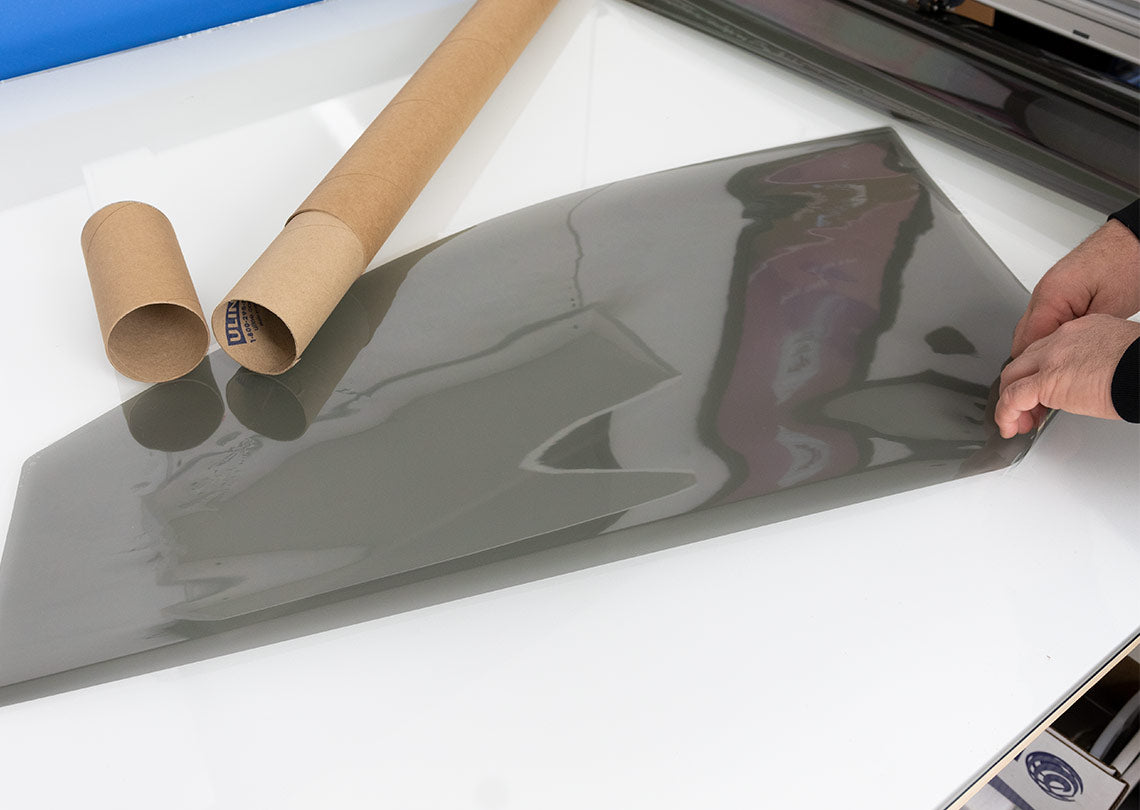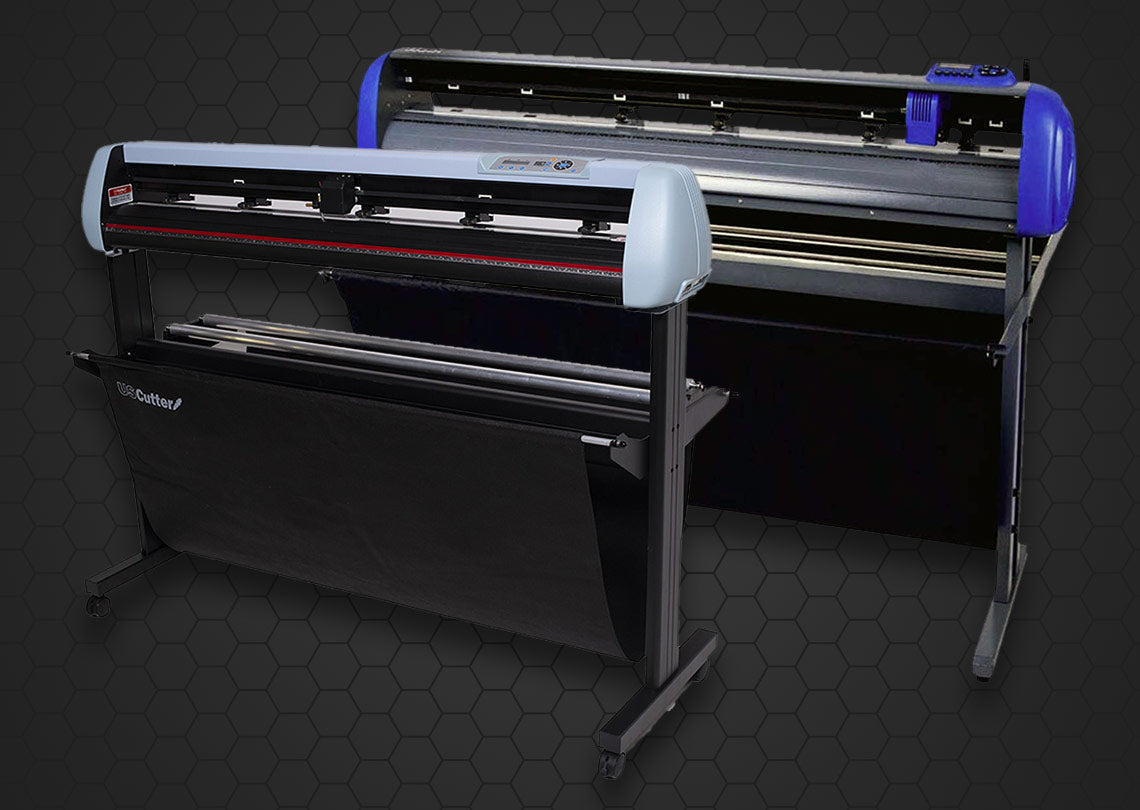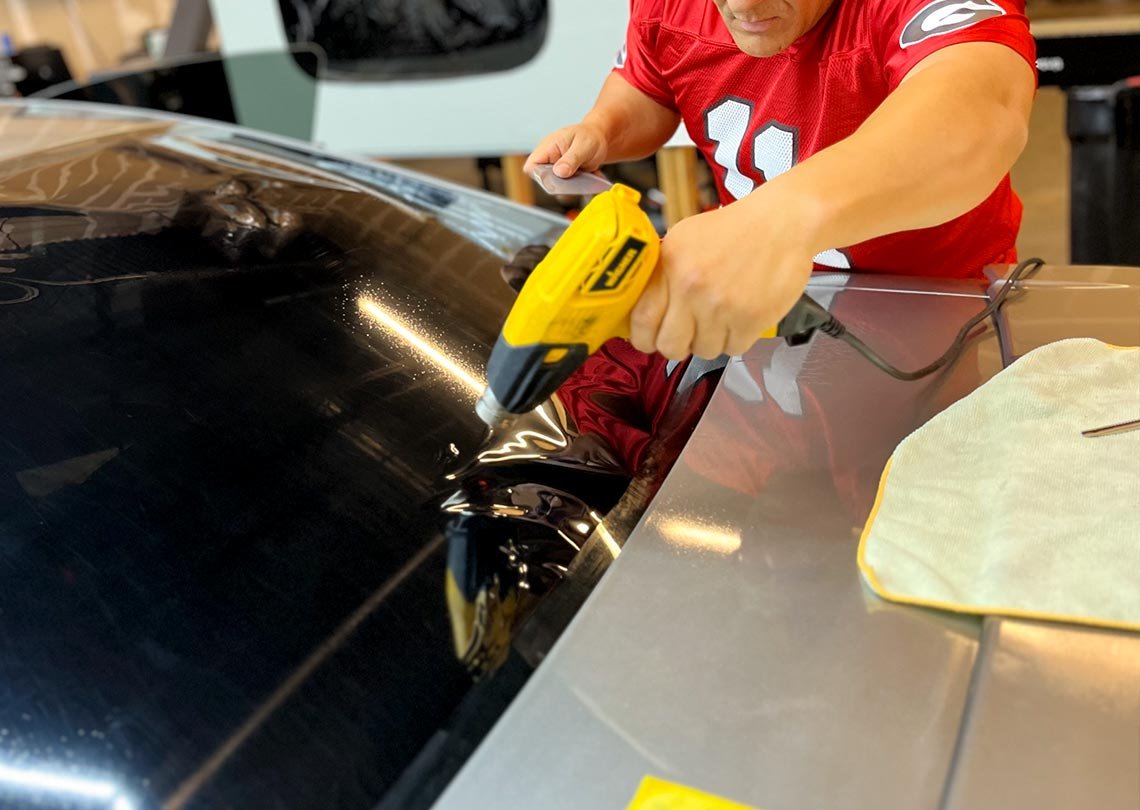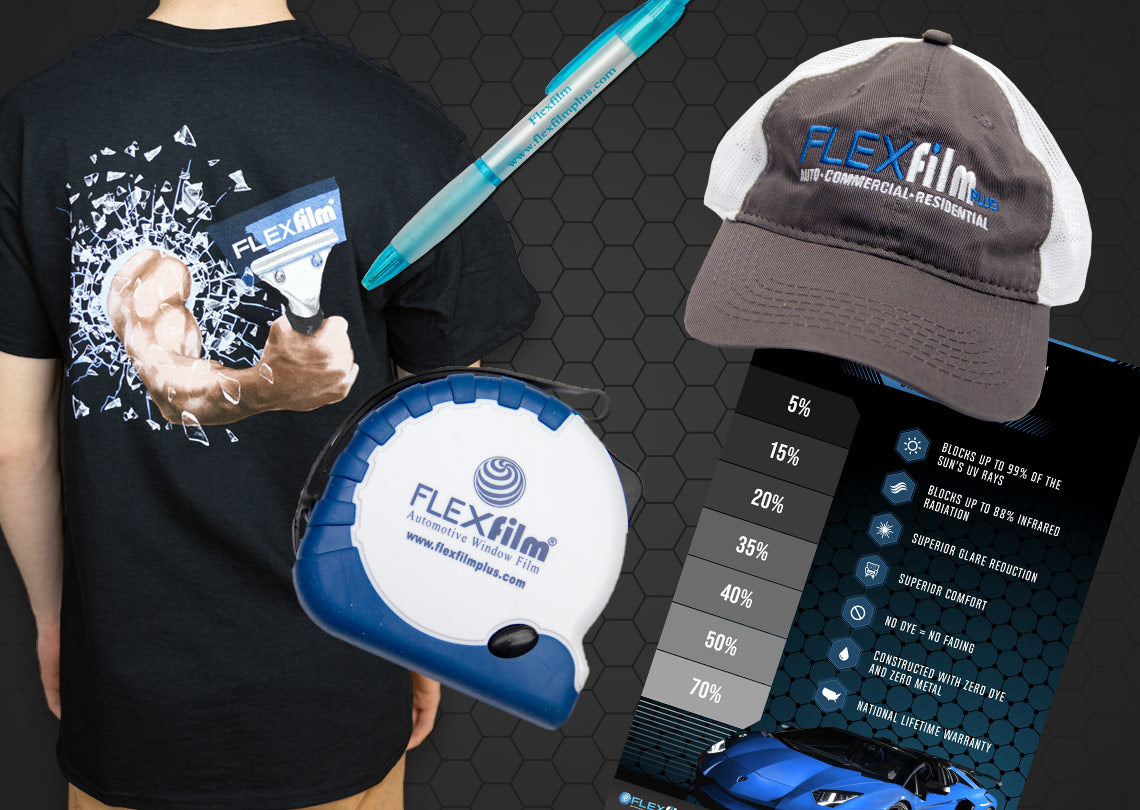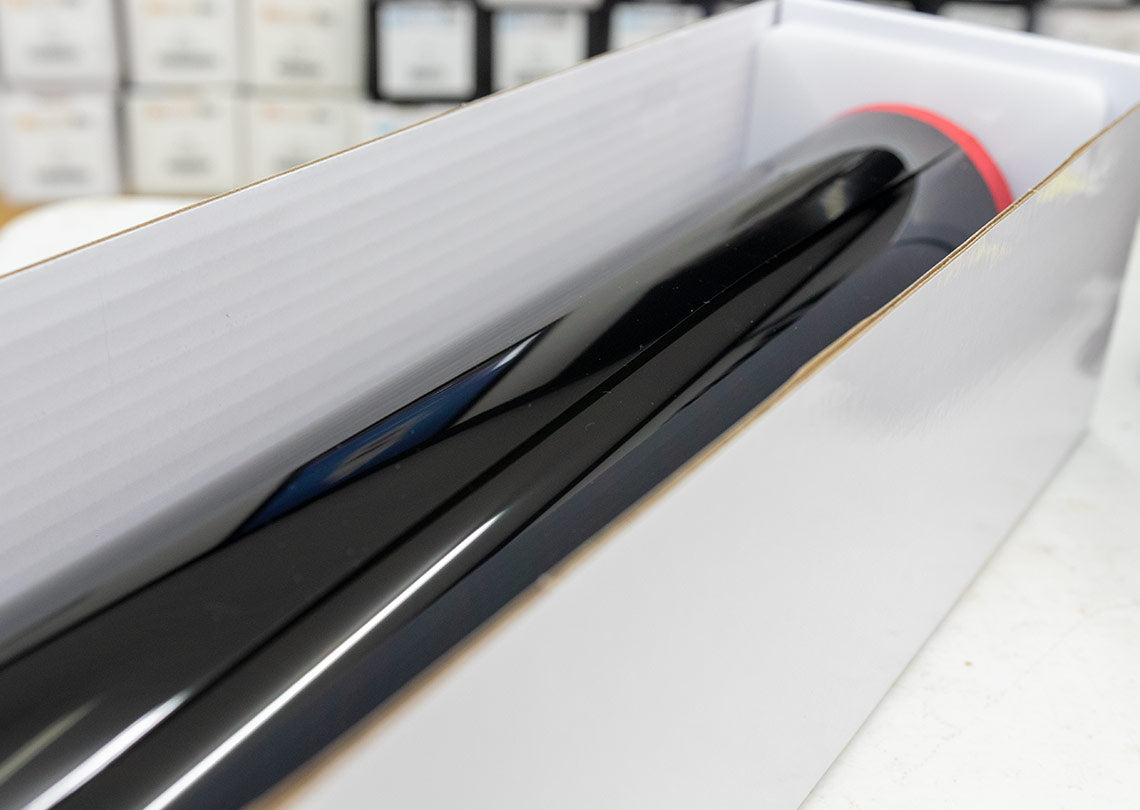Rethinking How We Sell Window Tint: Convection Heat vs. Solar Energy

I’ve been installing window tint for years, and I’ve noticed a big misconception about ceramic films. Most customers (and even a lot of installers) focus on how well a film blocks solar energy, but that doesn’t always reflect true heat insulation. Sure, it’s great to keep your car cooler by blocking IR rays, but if the film doesn’t slow down heat transfer, you’ll still feel the burn.
That’s why I like to explain ceramic film as a layer that acts a bit like a sheet of paper. Paper itself isn’t fancy, but it keeps heat at bay because it provides insulation. Ceramic film does something similar: it puts the brakes on heat so you stay more comfortable, especially during hot summers. I show my customers a simple heat lamp test and let them feel the difference themselves. It’s easy to see that IR numbers don’t always match up with how much heat you actually feel.
When you’re shopping for tint, don’t just look at the solar energy statistics. Ask about heat insulation and whether the film has a genuine non-conductive layer. In my experience, that’s the real secret to a cooler car. If you’re spending money on tint, you want the best possible relief from that hot summer sun, and a ceramic film with solid heat insulation is the way to go.

Dealer Rewards
Start earning points that can be applied as store credit on your next online purchase.

Order Online 24/7
Shop our products online and check out anytime, 24/7, from anywhere!

Call To Order
Call us directly to place your order during business hours, Monday - Friday, 8:00 AM - 4:00 PM CST.
